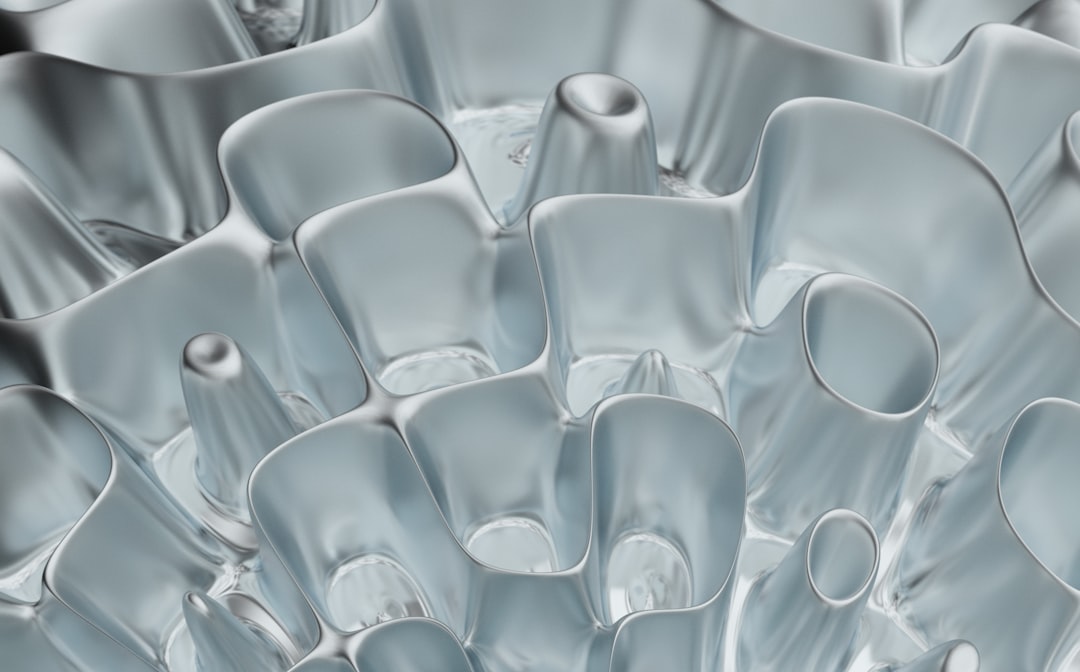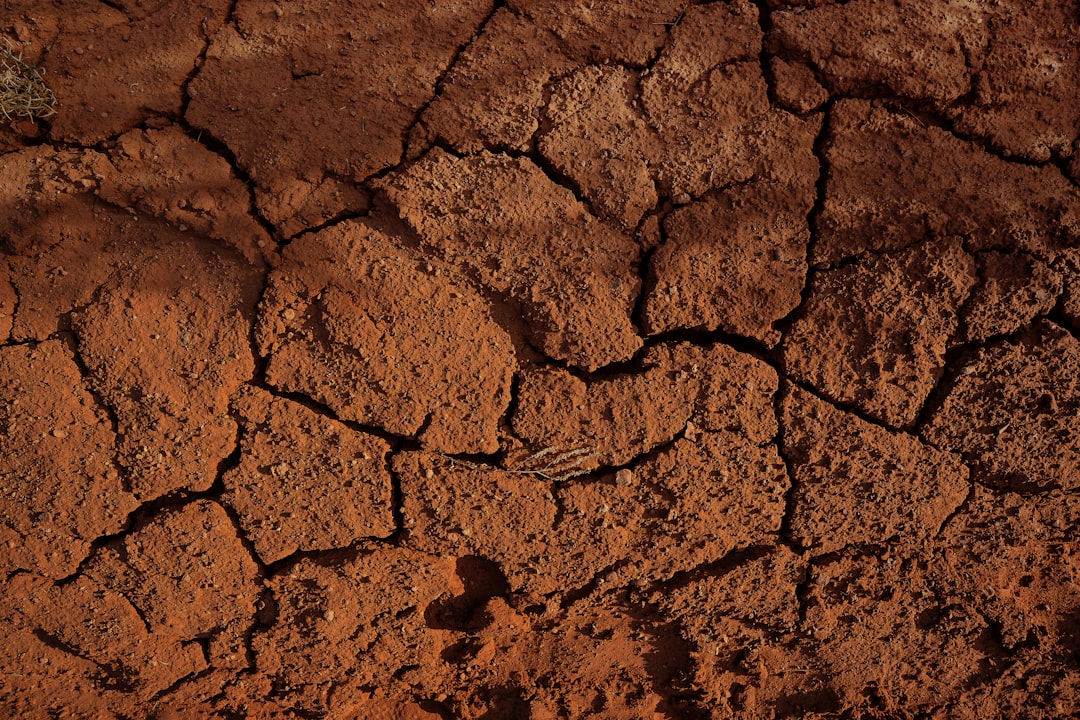What is it about?
Internet of Things sensor nodes which integrate information acquisition, processing, exchange, and execution modules have been widely used for unattended industrial production, environmental monitoring and other fields. However, limited battery power constrains the lifespan of the sensor nodes. In this paper, we propose a near-zero-power infrared relay consists of microfluidic switches and metamaterial absorber (MA). When target appears, the MA absorbs the infrared energy emitted from the target and uses it to turn on the microfluidic switch. When valid information is not present, the microfluidic switch is in “off” state with a high resistance of over 109 Ω. The infrared relay with a pair of microfluidic switches shows common mode suppression capability against environmental temperature variation. We further demonstrate a sensor node consists of the infrared relay and a MoS2 photodetector. In standby mode, the sensor node shows near-zero power consumption. As target infrared signal occurs, the photodetector is wakened by the infrared relay and illustrates excellent optical sensing performance. The simplicity of this approach provides a route for significantly extending the lifespan of sensor nodes powered by batteries, especially the sensor nodes for detecting infrequent but critical events.
Featured Image
Why is it important?
Our strategy can significantly extend the lifespan of sensor nodes powered by batteries, especially the sensor node for detecting infrequent but critical events. The near-zero-power relay can be applied in various fields, including smart agriculture (plant irrigation and pest detection), environment monitoring (wildfires and gas leakage detection), and automated industrial production inspection.
Read the Original
This page is a summary of: Near-zero-power infrared relay based on microfluidic switch and metamaterial absorber, Applied Physics Letters, September 2023, American Institute of Physics,
DOI: 10.1063/5.0168979.
You can read the full text:
Contributors
The following have contributed to this page










